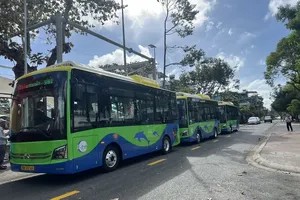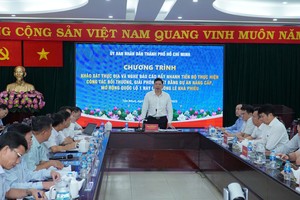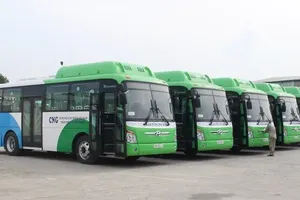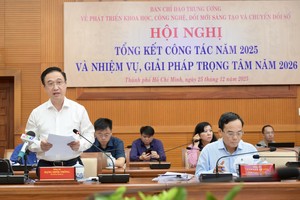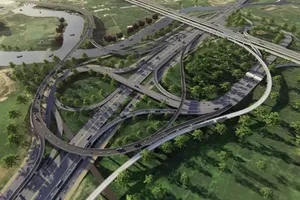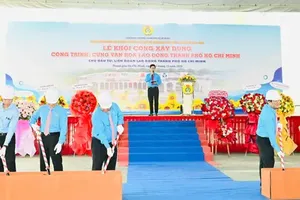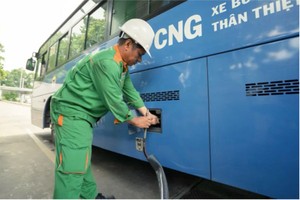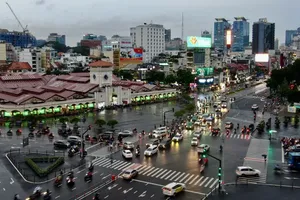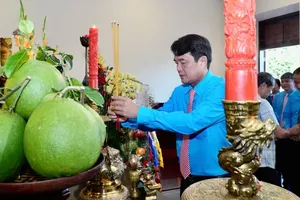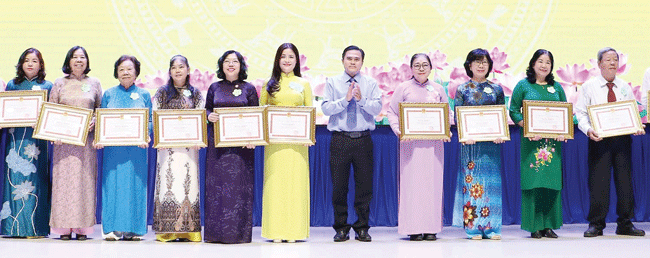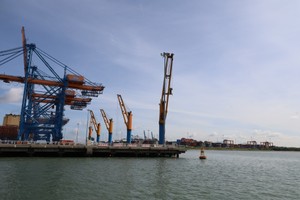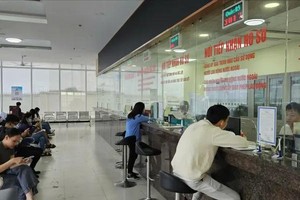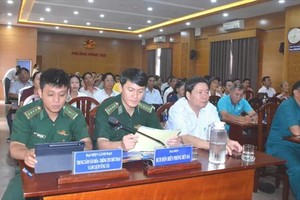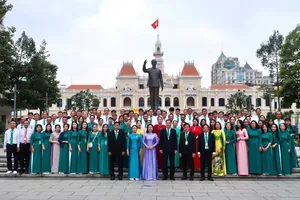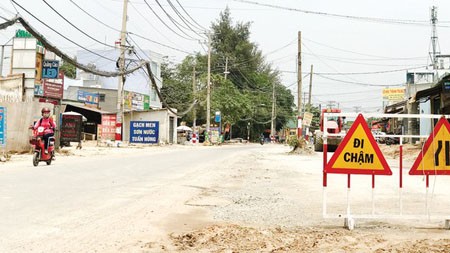
The Division of Home Affairs of Hoc Mon District reported that the organization of Hoc Mon District People’s Committee is similar to its urban district counterparts, with 12 professional divisions, along with the help of the district-level Party Committee, state agencies, and Vietnam Fatherland Front Committee.
However, being just a suburban district, the People’s Committee has only 2 Vice Chairmen to be responsible for the surface area of over 109km2 and nearly 550,000 residents. In addition, the police force encounters various limits as to jurisdiction, working conditions, and equipment. This poses challenges for management and security tasks.
Facing a similar limit is the suburban district of Cu Chi. Its Party Committee’s Secretary Nguyen Quyet Thang shared that the district owns many advantages in land resource. 76 percent of its surface area is agricultural land. Sadly, due to weaknesses in traffic and technological facilities, it cannot flourish to its fullest potential. The local authorities have already proposed to create a river port for logistics development to serve neighboring industrial zones in HCMC.
Associate Prof. Dr. Vu Van Nhiem trom HCMC University of Laws commented that Cu Chi Suburban District stays next to the provinces of Binh Duong, Tay Ninh and Long An, with Sai Gon River bordering it, so it is ideal to form a modern urban area here.
This urban area will let HCMC transform into the multi-polar urban region like other mega cities in the world. This is expected to decentralize the city’s population from the inner city, making HCMC greener – cleaner – prettier.
Dr. Cao Vu Minh from HCMC University of Laws also voiced that it is unfair for suburban districts of HCMC to keep the current state organization, since it would severely limit both the development and investment attraction.
Obviously, converting HCMC’s suburban districts into urban ones a sensible action for the benefit of not only the local authorities in their management tasks, but also the public in raising their living standards. This action complies with Resolution No.131 by the National Assembly regarding forming an urban administration model in HCMC as well.
One important matter in the conversion from a rural to an urban district is sufficient resources. Take Nha Be Suburban District as an example. It needs at least VND27,000 billion (approx. US$1.18 billion) to finish its infrastructure improvement projects.
Another equally significant matter is the qualitative change of economic activities. In particular, Hoc Mon District is now maintaining its agricultural activities, but simultaneously trying to attract capital for applying hi-tech agricultural production models. Meanwhile, traffic facilities should be more heavily invested to create smoother traffic flow to and fro neighboring provinces.
Secretary of Can Gio District Party Committee Le Minh Dung stated that the most essential now is to adopt feasible solutions for socio-economic development and living standard improvement. Can Gio Suburban District choose to grow into a sustainable eco-friendly urban area. More importantly, since Can Gio District is the only coastal district of HCMC and owns a UNESCO-approved mangroves, it is planning to focus more on preserving and promoting the values of this special forest and the sea.
In an interview with SGGP Newspaper, former Head of HCMC Urban Planning Institute (UPI) Hoang Minh Tri shared that there must be clear steps in the plan to convert rural districts into urban ones. There must be detailed evaluation on existing resources to minimize negative effects of this process on residents.
He added that since HCMC is the most dynamic city in Vietnam, forming municipal cities as a part of the urbanization process is unavoidable.
Citing examples from other mega cities in the US or Russia, Mr. Tri said that HCMC should follow their steps, or at least take them as reference. Those cities are normally comprised of a core city and multiple satellite ones around, each of which is responsible for one specific field (technology, education). These sub-cities can also ease the burden of the core one since they are closely linked via modern traffic facilities (metro lines, bus rapid transit) and green space or arable land.
Discussing the methods to save green space between satellite urban areas and the inner city, Mr. Tri confidently said that in each suburban district of HCMC now, only the core part is crowded with people and constructions; therefore, it is convenient to improve urban facilities in these cores, while the surrounding areas are encouraged to implement hi-tech agricultural or eco-tourism models. This design is environmentally balanced, and thus sustainable.
